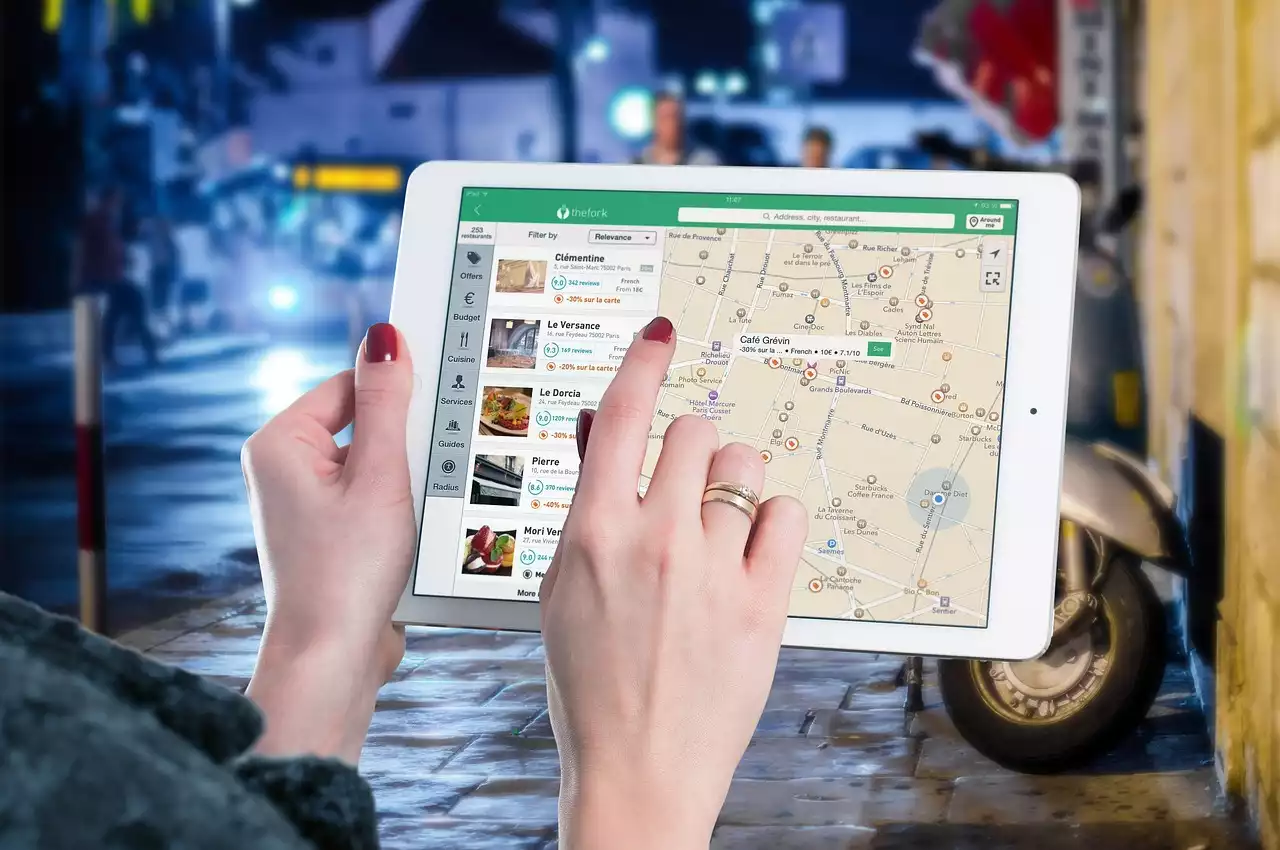What are social media metrics?
Social media metrics are data points that provide insight into how your social media campaigns are performing. These metrics can include anything from the number of followers you have to the engagement rate on your posts. By tracking these metrics, you can gain a deeper understanding of your audience and how they are interacting with your brand on social media.
Why are social media metrics important?
Tracking social media metrics is essential for any marketer looking to optimize their social media strategy. Without these metrics, it's impossible to know whether your social media campaigns are effective or not. By tracking these metrics, you can identify areas for improvement and make data-driven decisions to optimize your social media strategy.
Additionally, social media metrics can help you to understand your audience better. By analyzing metrics like engagement rate and customer sentiment, you can gain insights into what your audience likes and dislikes, what motivates them to engage with your brand, and what kind of content resonates with them.
Key metric 1: Reach
Reach is one of the most basic social media metrics, but it's also one of the most important. Reach refers to the number of people who have seen your content on social media. This metric can help you to understand how many people your content is reaching and how effective your distribution strategy is.
To track reach, you can use the analytics tools provided by each social media platform. For example, Facebook Insights provides data on how many people have seen your posts, while Twitter Analytics provides data on how many people have seen your tweets.
Key metric 2: Engagement
Engagement is another important social media metric that measures how your audience is interacting with your content. Engagement includes actions like likes, comments, shares, and retweets. By tracking engagement, you can gain insights into what kind of content resonates with your audience and how to create more engaging content in the future.
To track engagement, you can use the analytics tools provided by each social media platform. For example, Instagram Insights provides data on how many likes and comments your posts have received, while Twitter Analytics provides data on how many retweets and likes your tweets have received.
Key metric 3: Conversion rate
Conversion rate is a crucial metric for any marketer looking to drive sales or leads through social media. Conversion rate measures the percentage of people who take a specific action after seeing your social media content. This action could be anything from making a purchase to filling out a lead form.
To track conversion rate, you need to set up conversion tracking on your website or landing page. This will enable you to track how many people are taking the desired action after clicking on your social media ads or posts.
Key metric 4: Click-through rate (CTR)
Click-through rate (CTR) measures the percentage of people who click on your social media content after seeing it. CTR is an important metric because it indicates how effective your content is at driving traffic to your website or landing page.
To track CTR, you can use the analytics tools provided by each social media platform. For example, Facebook Insights provides data on how many people have clicked on your posts, while Twitter Analytics provides data on how many people have clicked on your tweets.
Key metric 5: Customer lifetime value (CLV)
Customer lifetime value (CLV) is a metric that measures the total value that a customer will bring to your business over their lifetime. This metric is especially relevant for businesses that rely on repeat customers, such as subscription-based services or e-commerce businesses.
To calculate CLV, you need to take into account the average purchase value, the average purchase frequency, and the average customer lifespan. By understanding your CLV, you can make data-driven decisions about how to allocate your marketing budget and how to optimize your social media campaigns to attract high-value customers.
Key metric 6: Return on investment (ROI)
Return on investment (ROI) is a metric that measures the financial return on your social media investment. This metric is essential for any marketer looking to demonstrate the value of their social media campaigns to their stakeholders.
To calculate ROI, you need to take into account the total cost of your social media campaigns (including ad spend, content creation costs, and agency fees) and the financial return generated by those campaigns (such as increased sales or leads). By tracking your ROI, you can make data-driven decisions about how to allocate your marketing budget and which social media channels to focus on.
Key metric 7: Brand sentiment
Brand sentiment is a metric that measures how your audience feels about your brand on social media. This metric is essential for any marketer looking to build a positive brand image and reputation.
To track brand sentiment, you can use social listening tools that monitor social media channels for mentions of your brand and analyze the sentiment of those mentions (positive, negative, or neutral). By understanding your brand sentiment, you can make data-driven decisions about how to improve your brand image and reputation on social media.
Tools for tracking social media metrics
There are many tools available for tracking social media metrics, ranging from free tools provided by social media platforms to more advanced paid tools. Some popular tools for tracking social media metrics include Hootsuite, Sprout Social, and Google Analytics.
When choosing a tool for tracking social media metrics, it's important to consider your specific needs and budget. Some tools may be more suited to small businesses with limited budgets, while others may be more suited to larger businesses with more complex social media strategies.
Sprout Social VS Hootsuite 2022 | Which Is Better?
How to use social media metrics to improve your marketing strategy
Once you've started tracking social media metrics, it's important to use that data to improve your marketing strategy. Here are some tips for using social media metrics to optimize your social media campaigns:
- Use metrics like engagement rate and reach to identify what kind of content resonates with your audience and create more of that content.
- Use conversion rate and CTR to optimize your social media ads and posts to drive more sales or leads.
- Use CLV to identify high-value customers and create targeted campaigns to retain those customers.
- Use ROI to demonstrate the value of your social media campaigns to your stakeholders and make data-driven decisions about how to allocate your marketing budget.
- Use brand sentiment to improve your brand image and reputation on social media by responding to customer feedback and addressing negative sentiment.









